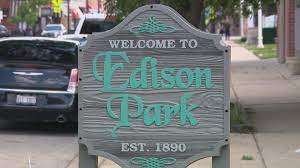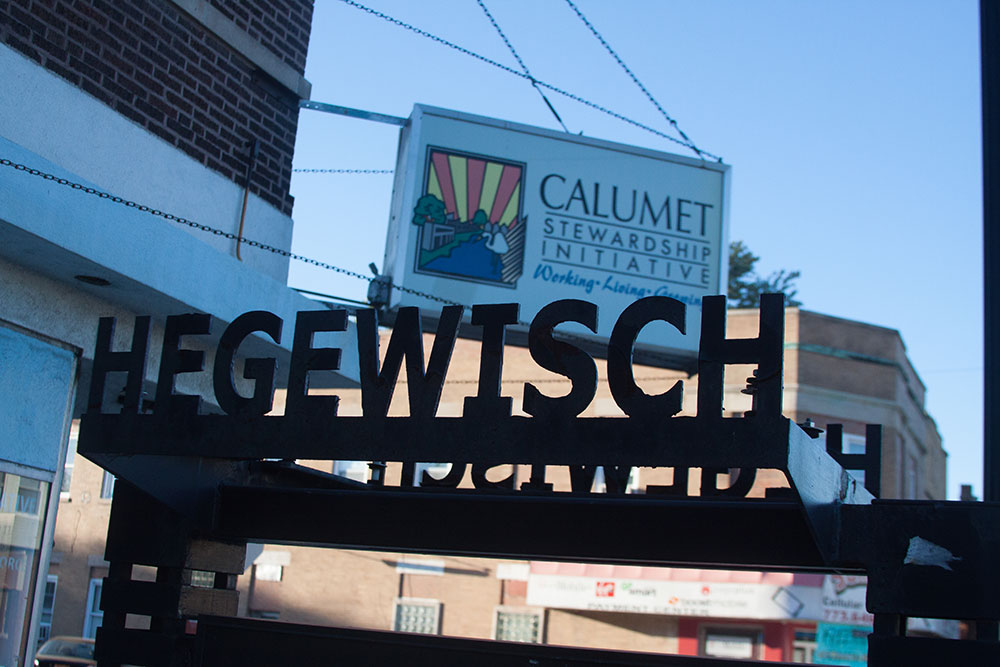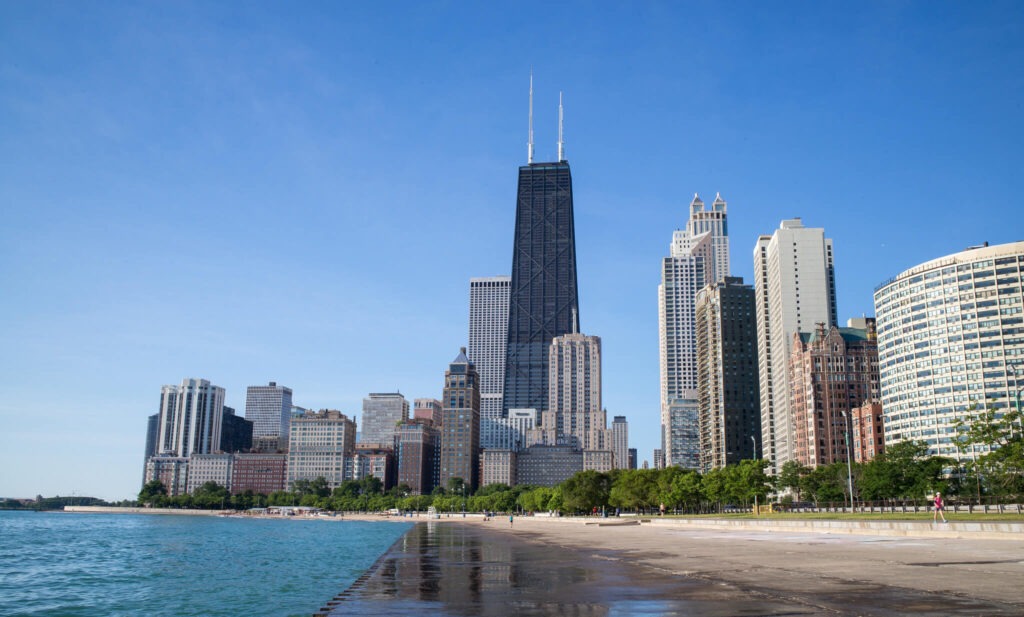
Chicago’s North Side is home to Lakeview, one of the 77 official Chicago neighborhoods. It is bordered by West Diversey Parkway to the south, West Irving Park Road to the north, North Ravenswood Avenue to the west, and Lake Michigan to the east. Uptown is located to the north of Lakeview, while Lincoln Square is to the northwest, North Center is to the west, and Lincoln Park is to the south.
Lakeview is composed of a few smaller neighborhoods, such as Sheridan Station Corridor, Northhalsted, Southport Corridor, Wrigleyville and Wrigley Plaza. It is also the house of Boystown, which is renowned for its sizeable LGBT population and holds a pride parade each June. Wrigleyville is another celebrated area in the area and it is located around Wrigley Field, where the Chicago Cubs play. Additionally, Lakeview also contains the Belmont Theater District, which hosts more than 30 theaters and live performance venues close to the Belmont ‘L’ station.
The Miami, Ottawa, and Winnebago Native American tribes used Lakeview as a camp and trail path. In 1837, the first known European settler to the area, Conrad Sulzer of Winterthur, Zürich, Switzerland, moved in. In 1853, James Rees and Elisha Hundley constructed the first permanent structure at the intersection of West Byron Street (or West Sheridan Road) and North Lake Shore Drive, called the Hotel Lakeview due to its panoramic view of Lake Michigan. This spot then gained a resort-like atmosphere.
The population of Lakeview experienced a large increase, due to an influx of farming families from Germany, Luxembourg, and Sweden. This was a result of a devastating cholera outbreak in Chicago, and Hotel Lakeview served as a haven for many of the city’s citizens. Land was sold and new housing was developed, and access to the area was provided by a wooden plank road that connected to what is now known as North Broadway. As the infrastructure and population grew, it was determined that the establishment of formal governance was necessary in order to provide essential services.
The Lakeview East Chamber of Commerce states that Lakeview was an Illinois civil township that was granted a charter by the General Assembly, distinct from Chicago. In 1857, the first township election was held. The main building was Town Hall, which is at the present day intersection of West Addison and North Halsted streets. A building by that name still stands, which was the former headquarters of the Chicago Police Department’s 23rd District. Lakeview Township included the area east of Western Avenue, between Devon Avenue and North Avenue, which consists of the community areas of Edgewater, Uptown, Lakeview, Lincoln Park, North Center, and Lincoln Square’s eastern sections.
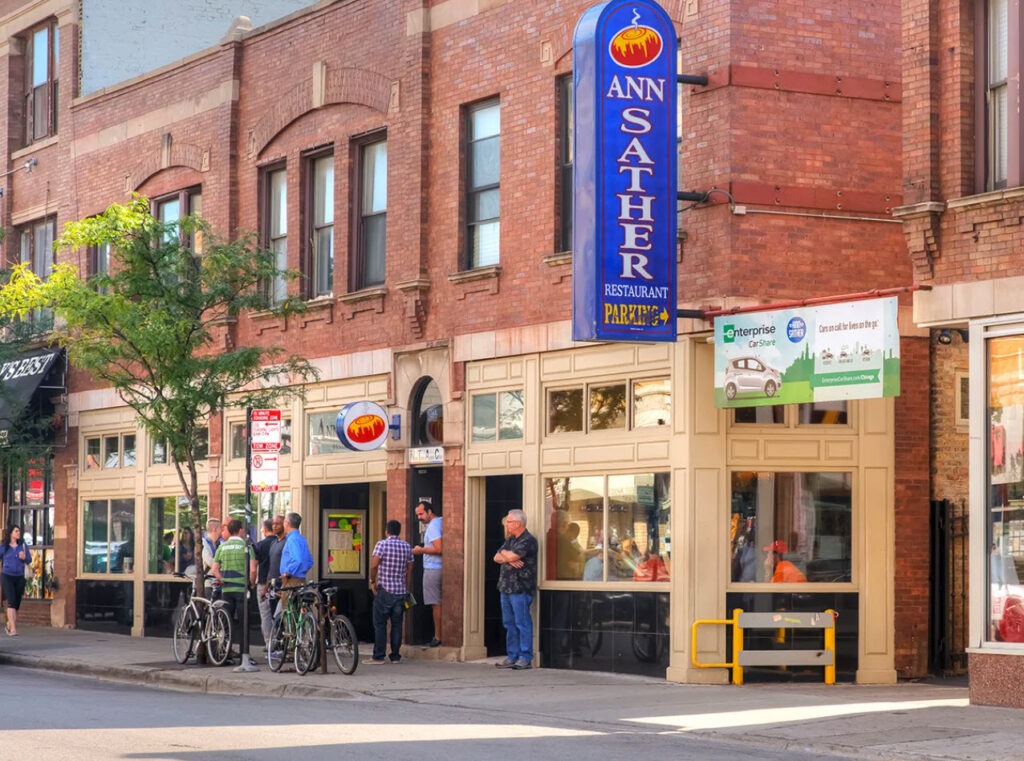
Located at the present-day intersection of North Broadway, North Clark Street and West Diversey Parkway, Camp Fry served as a training facility for the 132nd and 134th Illinois Infantry regiments during the Civil War. However, after the regiments were deployed to Columbus, Kentucky, the camp was transformed into a prison for Confederate soldiers. The inhabitants of Lakeview Township, the area in which Camp Fry was located, often voiced their displeasure with the rebel sing-alongs that were occasionally held at the camp.
In the early days, Lakeview was a farming hub, specializing in celery production and was referred to as the celery-growing capital. Between 1870 and 1887, its population ballooned from two thousand to forty-five thousand, placing a great demand on public-service access. To meet this need, the township was absorbed into Chicago in 1889. A real estate boom shortly followed, with the Lakeview East Chamber of Commerce claiming that around forty percent of the area’s present buildings were constructed during this period.
West Addison Street was named after Thomas Addison, a renowned English doctor who is credited with initially describing Addison’s disease.[10] West Barry Avenue took its moniker from the commander of the Continental Navy vessel Lexington during the Revolutionary War, John Barry. The namesake for West Belmont Avenue was derived from the American Civil War’s Battle of Belmont, which took place on November 7, 1861 in Mississippi County, Missouri. North Broadway was once called Evanston Avenue, after the nearby municipality of Evanston, Illinois, but was later renamed after Broadway in New York City. North Clark Street was named in honor of the legendary frontier explorer George Rogers Clark. The namesake of West Diversey Parkway was the beer brewer Michael Diversey. North Halsted Street was named by William Butler Ogden, the first mayor of Chicago, after the financiers William H. and Caleb Halsted. Before that, it was known as Dyer Street, in tribute to Thomas Dyer, mayor of Chicago. West Irving Park Road was named after the noted author Washington Irving.
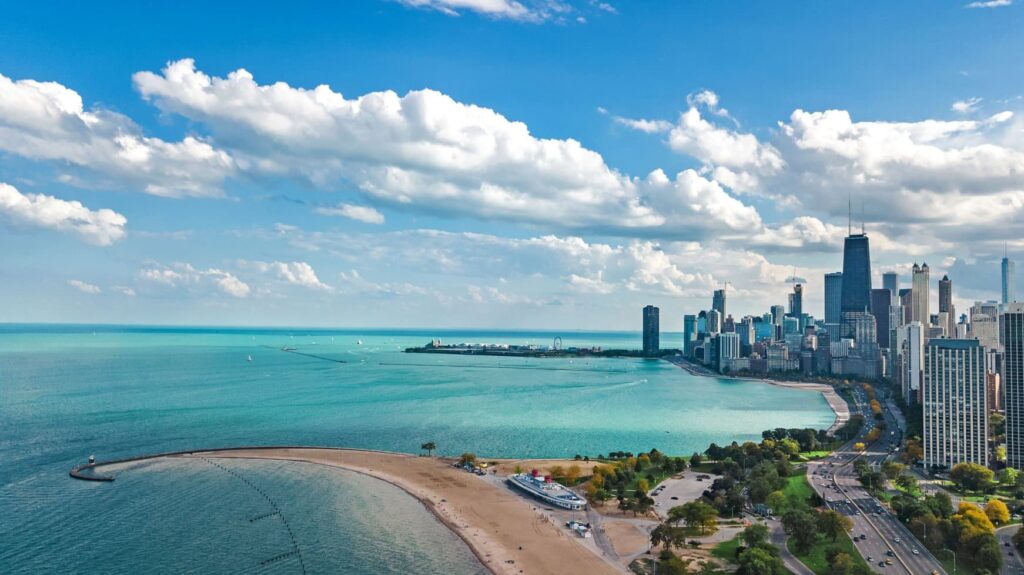
The intersection of West Belmont Avenue and North Lake Shore Drive is the site of a monument honoring Philip Sheridan, the U.S. Army general whose name became synonymous with the nearby North Sheridan Road. In the aftermath of the Great Chicago Fire of 1871, Sheridan was sent to the city by President Chester A. Arthur and given authority by Mayor Joseph Medill to take control under martial law. His appointment as commanding general of the U.S. Army by Arthur followed soon after.
